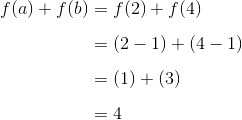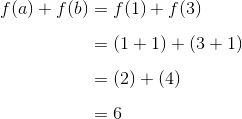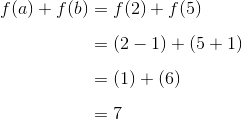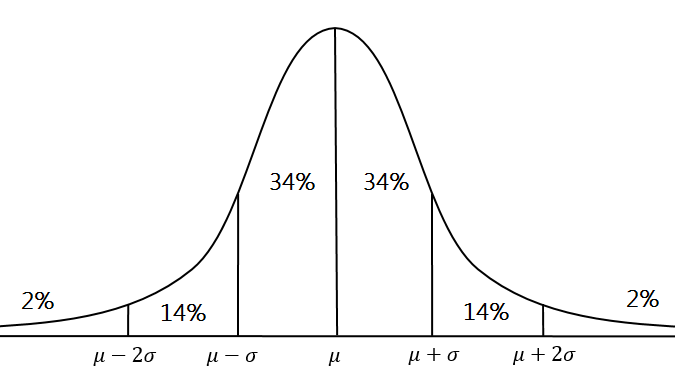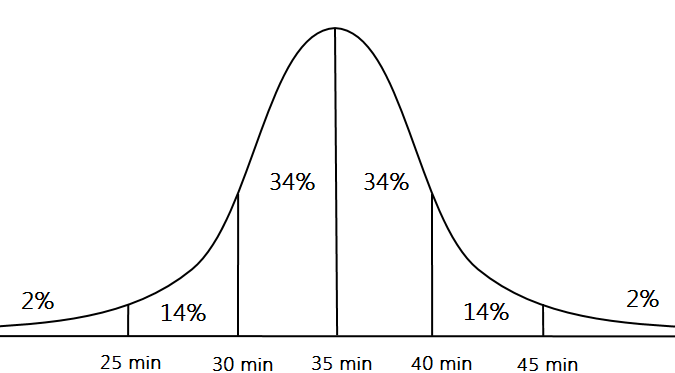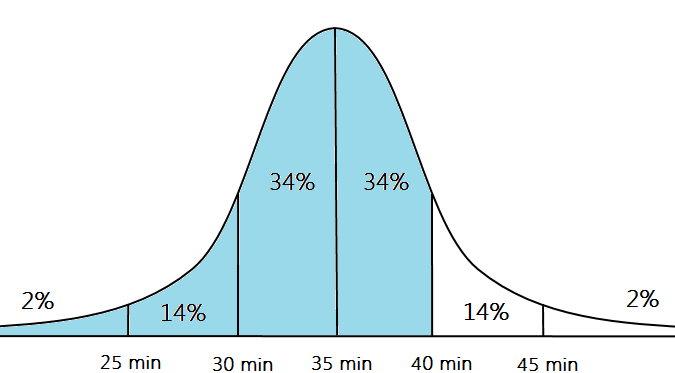This page is part of my unofficial solutions manual to the GRE Paper Practice Book (2e), a free resource available on the ETS website. They publish the questions; I explain the answers. If you haven’t worked through the Practice Book, give Section 4 a shot before reading this!
4.3: “Critics charge…”
The first clue in this question is the word charge, which in this context means “to accuse” or “to warn of the possible consequences of an action.” The word has a negative connotation; it tells us that the critics are not happy with the regulatory agency’s actions (or, as the case may be, its inaction).
This piece of information will help us with both blanks, but it is especially useful for blank (ii). Here, we want a word that captures the sense of disapproval on the part of the critics. To compliment (D) someone is generally a positive thing; it means “to praise or congratulate.” To overlook (F) something means not to notice it, and these critics definitely noticed the agency’s shortcomings. It makes more sense to say that the experts panned (E) the agency — that is, they criticized it harshly.
Now let’s turn back to blank (i). At the end of the passage we learned that the agency was criticized because it basically let a power plant set its own inspection schedule. This means that the regulators let the plant managers decide how the regulations would be enforced. In other words, they were susceptible to (A) the influence of the people at the plant. Nothing in the passage suggests that the regulators are unaware of (B) or irritated at (C) their colleagues in private industry.
Vocab Notes
Although you don’t need to know the word untenable to get this question, it may help you to understand the passage a little better. The word means “unjustifiable; unable to be maintained.” So an untenable risk is a risk that is too great to be permitted.
Arguments, too, can be called untenable if they do not hold up to careful examination. In high-school algebra class, you may have encountered a “proof” that 1 = 2. If so, I hope your teacher then explained why that “proof” was based on an untenable line of reasoning.
Finally, a note on etymology. The word untenable (along with its opposite, tenable) comes from the French word tenir, meaning “to hold.” If you speak Spanish, you may also recognize the similarity to tener (also “to hold”)– or, more colorfully, tenedor (“fork”). All of these words ultimately come from Latin tenere (“to hold”), the same word that gives us tenet and tenacious.


